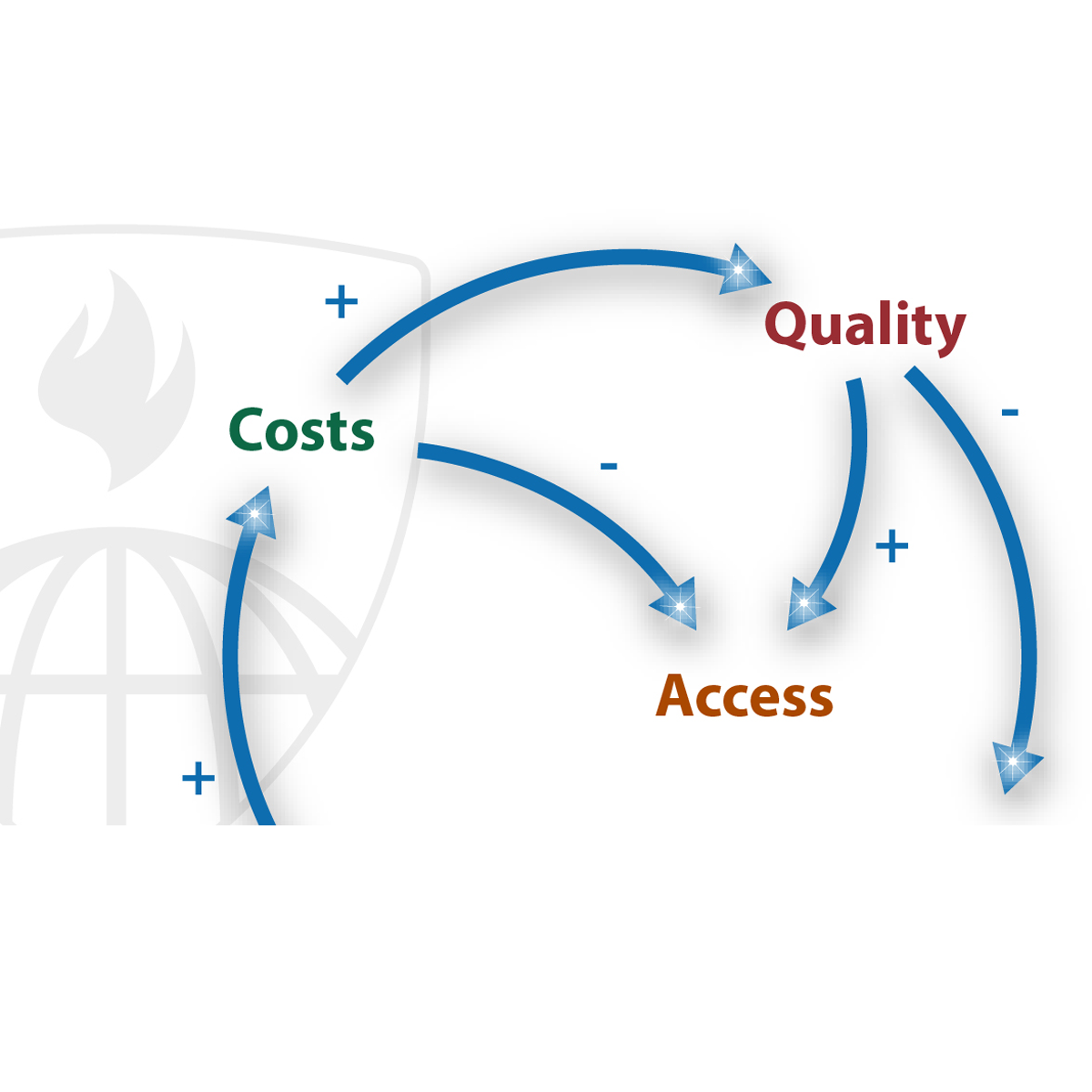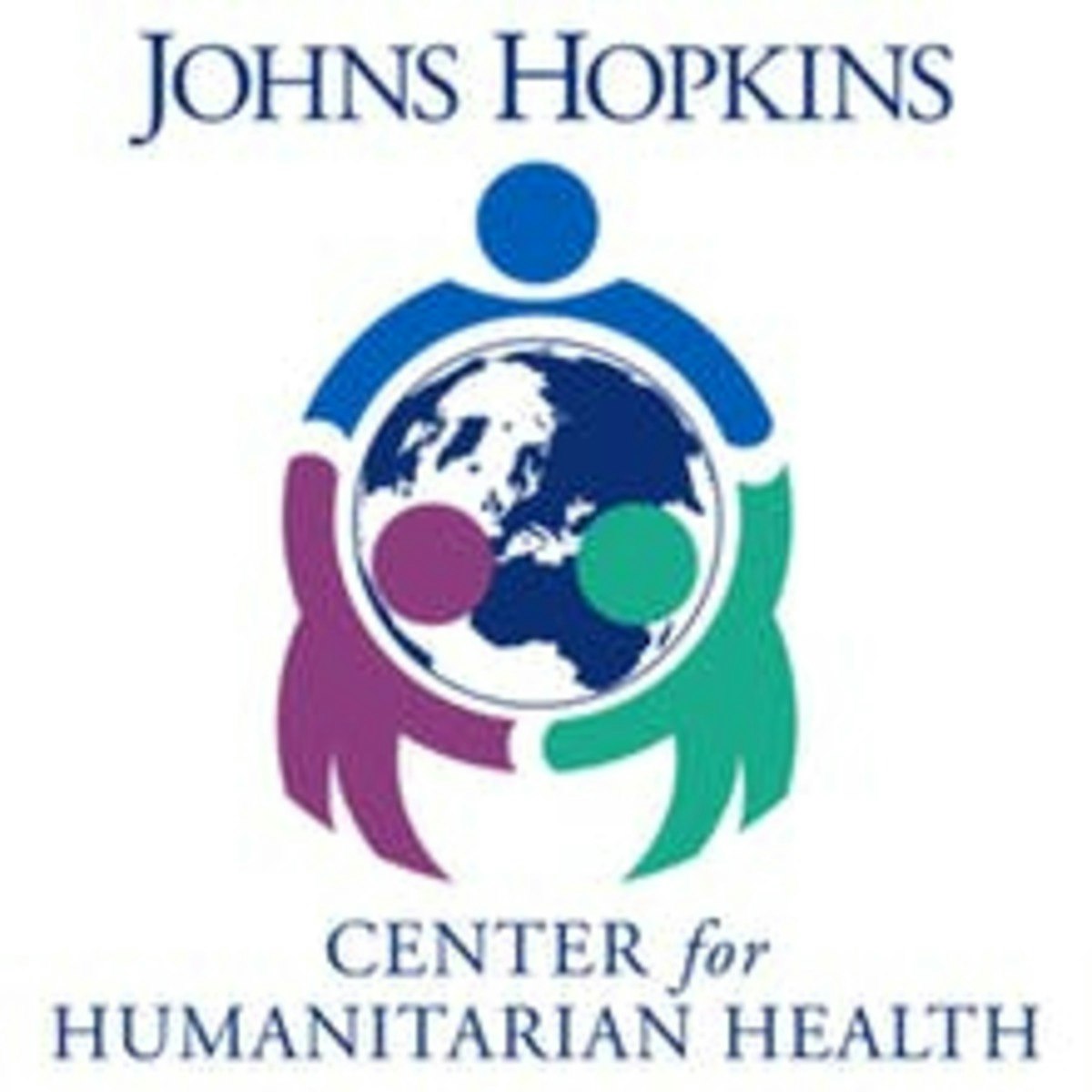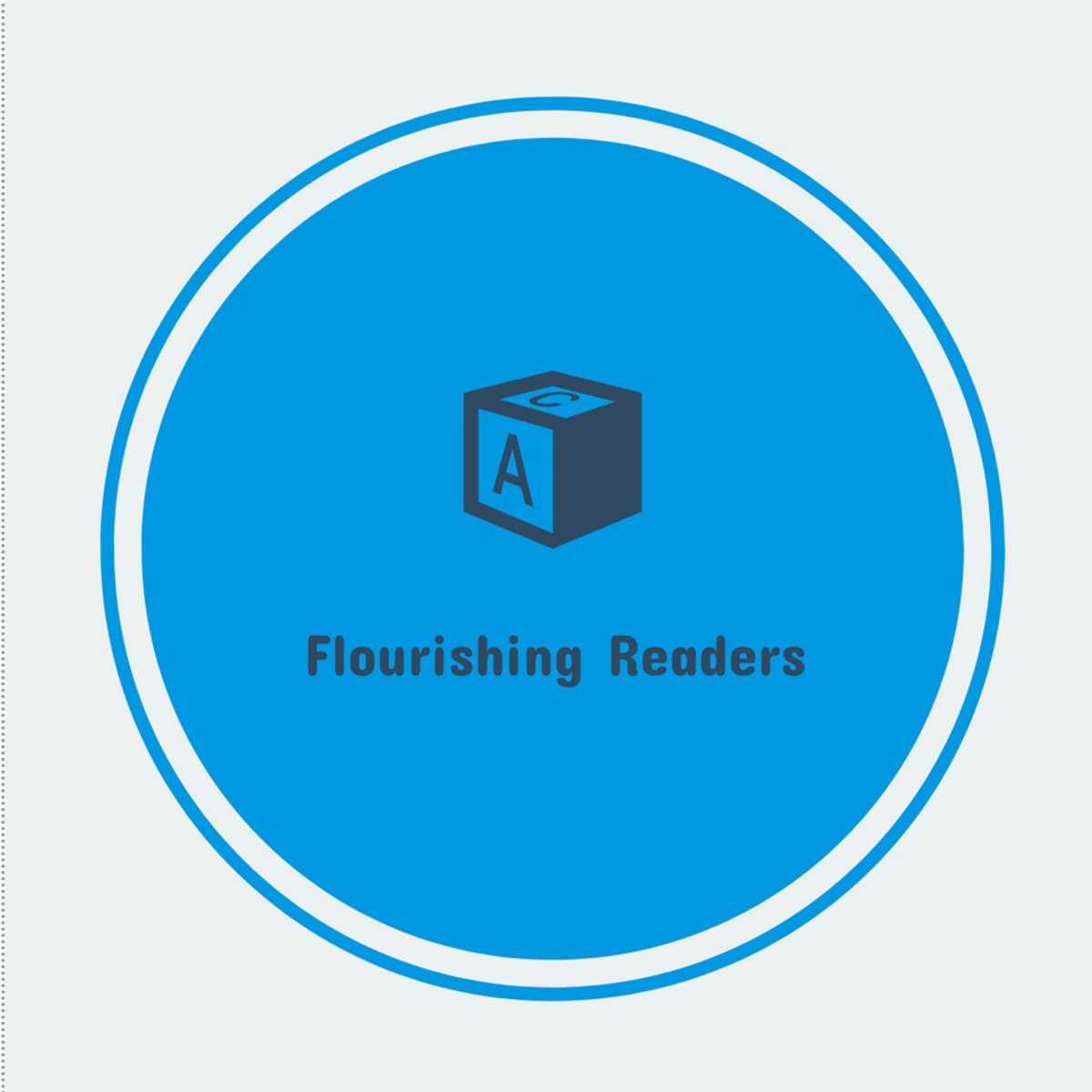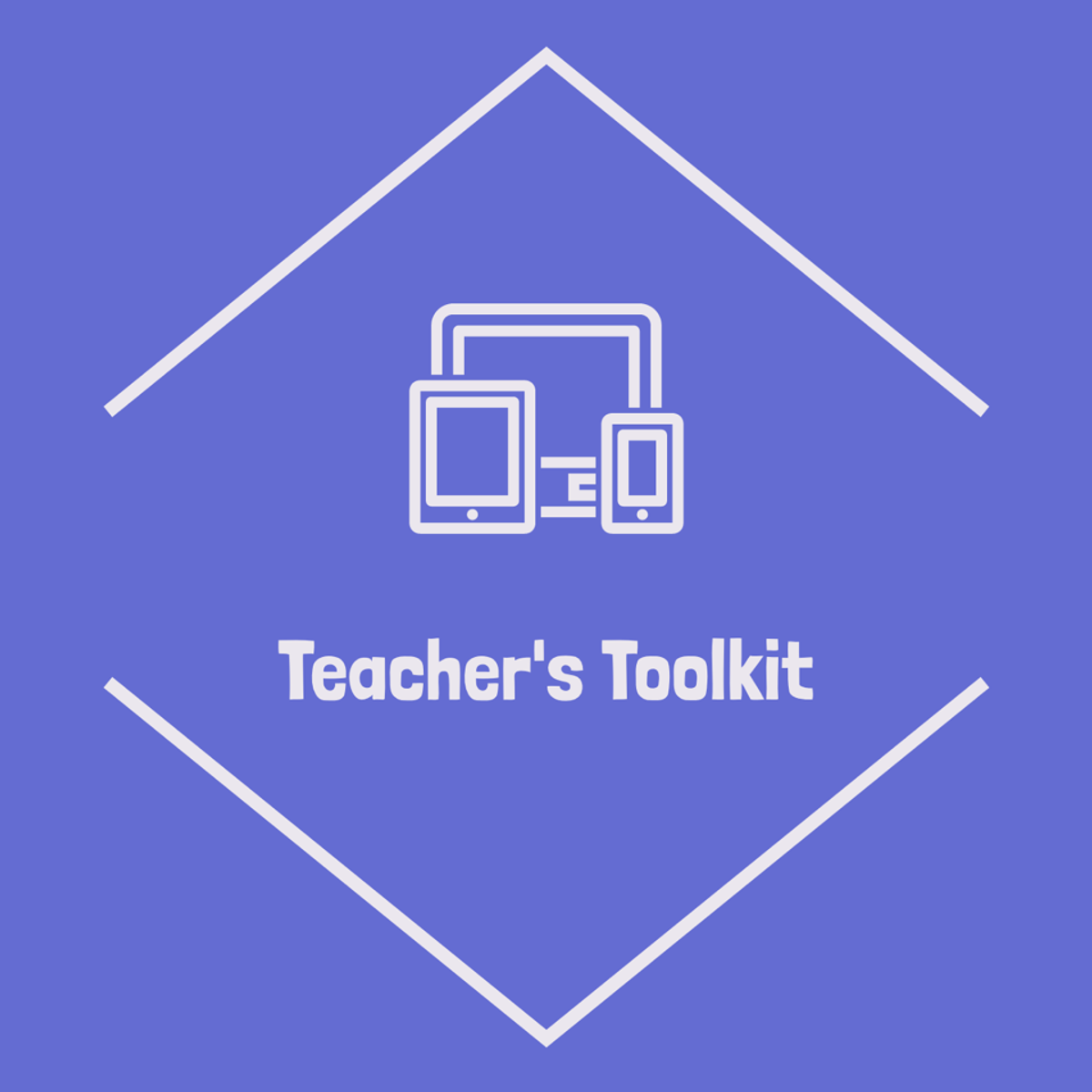Back to Courses









Social Sciences Courses - Page 21
Showing results 201-210 of 672
Systems Thinking In Public Health
This course provides an introduction to systems thinking and systems models in public health. Problems in public health and health policy tend to be complex with many actors, institutions and risk factors involved. If an outcome depends on many interacting and adaptive parts and actors the outcome cannot be analyzed or predicted with traditional statistical methods. Systems thinking is a core skill in public health and helps health policymakers build programs and policies that are aware of and prepared for unintended consequences.
An important part of systems thinking is the practice to integrate multiple perspectives and synthesize them into a framework or model that can describe and predict the various ways in which a system might react to policy change. Systems thinking and systems models devise strategies to account for real world complexities.
This work was coordinated by the Alliance for Health Policy and Systems Research, the World Health Organization, with the aid of a grant from the International Development Research Centre, Ottawa, Canada. Additional support was provided by the Department for International Development (DFID) through a grant (PO5467) to Future Health Systems research consortium.
© World Health Organization 2014
All rights reserved. The designations employed and the presentation of the material in this publication do not imply the expression of any opinion whatsoever on the part of the World Health Organization concerning the legal status of any country, territory, city or area or of its authorities, or concerning the delimitation of its frontiers or boundaries. Dotted and dashed lines on maps represent approximate border lines for which there may not yet be full agreement. The mention of specific companies or of certain manufacturers’ products does not imply that they are endorsed or recommended by the World Health Organization in preference to others of a similar nature that are not mentioned. Errors and omissions excepted, the names of proprietary products are distinguished by initial capital letters. All reasonable precautions have been taken by the World Health Organization to verify the information contained in this publication. However, the published material is being distributed without warranty of any kind, either expressed or implied. The responsibility for the interpretation and use of the material lies with the reader. In no event shall the World Health Organization be liable for damages arising from its use. Johns Hopkins University Bloomberg School of Public Health has a non-exclusive license to use and reproduce the material.

Communication skills for engineering scholars
The course teaches engineering scholars how to improve their communication skills, based on theory, examples and practical exercises.
Topics include basics of rhetoric (how to be clear), basics of argumentation theory (how to be persuasive), public speaking, grant writing, scientific writing.
The main target are engineering scholars; the first 3 weeks, though, can be useful to anyone wishing to improve their communication skills.
Public Health in Humanitarian Crises 2
This course, Public Health in Humanitarian Crises 2, addresses public health issues of people affected by disasters, both natural or conflict-related. It discusses the many changes that occur in people’s lives when they are uprooted by a disaster, including many important topics related to humanitarian crises, such as when there is an epidemic a public health emergency; what do we mean with the humanitarian development nexus; what are the basics of disaster epidemiology and surveillance; humanitarian principles; and other very relevant topics. We will explore what humanitarian interventions could look like if we want to mitigate the effects of disasters.
This course is a follow-up to Public Health in Humanitarian Crises 1, which dealt with changes in disease patterns, access to health care, livelihoods, shelter, sanitary conditions, nutritional status, and other issues.
The course content is a mix of theoretical knowledge and many practical examples from recent disasters. We think this course is unique because it contains so many practical ‘real-life’ examples and is taught be instructors and guest lecturers who together have over 200 years of experience in this field. The course consists of 10 modules totaling approximately 14-16 hours of delivered content with an additional 2-3 hours of self-work (quizzes and writing and evaluating a short peer-review assignment) as well as lively discussions forums. The first course, Public Health in Humanitarian Crises 1 (PHHC1), has been designed in a way that each module builds on the lessons of previous modules. However, the modules from this second course, Public Health in Humanitarian Crises 2 (PHHC2) can be accessed in any order and some can stand alone. You do not necessarily need to do PHHC1 before PHHC2, but it might be helpful to take some or all of PHHC1, as some of the basic or fundamental issues are covered in this course. PHHC2 contains a somewhat more diverse set of topics than the previous course as it deals with more complicated issues.
You do not have to pay for this course if you choose to enroll without a certificate. Sometimes referred to as auditing, enrolling without a certificate means that you will have access to all of the videos and discussions. The only difference is that you will not be able to take the quizzes to earn a certificate upon completion. Click the Audit or Enroll Without A Certificate link to sign up and begin the course. Visit the Learner Help Center for more details about your enrollment options.

Encouraging Student Growth with Teach Your Monster to Read
By the end of this project, you will be fluent at using Teach Your Monster to Read to engage young readers and support their reading development. Young readers will travel through an interactive and engaging world as they begin with letters and sounds and complete their journey as Champion Readers. Teachers can even connect parents to student accounts so that student success can be celebrated by everyone. If you are looking for an innovative, well researched game that is guaranteed to engage young readers, you will want to become confident in using Teach Your Monster to Read with your students. Let’s get started together!
*You will need a free Teach Your Monster to Read account for this project.

The Modern World, Part One: Global History from 1760 to 1910
This is a survey of modern history from a global perspective. Part One begins with the political and economic revolutions of the late 1700s and tracks the transformation of the world during the 1800s. Part One concludes as these bewildering changes seem to be running beyond the capacity of older institutions to handle them. Throughout the course we try to grasp what is happening and ask: Why? And the answers often turn on very human choices.

Qualitative Comparative Analysis (QCA)
Welcome to this massive open online course (MOOC) about Qualitative Comparative Analysis (QCA). Please read the points below before you start the course. This will help you prepare well for the course and attend it properly. It will also help you determine if the course offers the knowledge and skills you are looking for.
What can you do with QCA?
• QCA is a comparative method that is mainly used in the social sciences for the assessment of cause-effect relations (i.e. causation).
• QCA is relevant for researchers who normally work with qualitative methods and are looking for a more systematic way of comparing and assessing cases.
• QCA is also useful for quantitative researchers who like to assess alternative (more complex) aspects of causation, such as how factors work together in producing an effect.
• QCA can be used for the analysis of cases on all levels: macro (e.g. countries), meso (e.g. organizations) and micro (e.g. individuals).
• QCA is mostly used for research of small- and medium-sized samples and populations (10-100 cases), but it can also be used for larger groups. Ideally, the number of cases is at least 10. QCA cannot be used if you are doing an in-depth study of one case.
What will you learn in this course?
• The course is designed for people who have no or little experience with QCA.
• After the course you will understand the methodological foundations of QCA.
• After the course you will know how to conduct a basic QCA study by yourself.
How is this course organized?
• The MOOC takes five weeks. The specific learning objectives and activities per week are mentioned in appendix A of the course guide. Please find the course guide under Resources in the main menu.
• The learning objectives with regard to understanding the foundations of QCA and practically conducting a QCA study are pursued throughout the course. However, week 1 focuses more on the general analytic foundations, and weeks 2 to 5 are more about the practical aspects of a QCA study.
• The activities of the course include watching the videos, consulting supplementary material where necessary, and doing assignments. The activities should be done in that order: first watch the videos; then consult supplementary material (if desired) for more details and examples; then do the assignments.
• There are 10 assignments. Appendix A in the course guide states the estimated time needed to make the assignments and how the assignments are graded. Only assignments 1 to 6 and 8 are mandatory. These 7 mandatory assignments must be completed successfully to pass the course.
• Making the assignments successfully is one condition for receiving a course certificate. Further information about receiving a course certificate can be found here: https://learner.coursera.help/hc/en-us/articles/209819053-Get-a-Course-Certificate
About the supplementary material
• The course can be followed by watching the videos. It is not absolutely necessary yet recommended to study the supplementary reading material (as mentioned in the course guide) for further details and examples. Further, because some of the covered topics are quite technical (particularly topics in weeks 3 and 4 of the course), we provide several worked examples that supplement the videos by offering more specific illustrations and explanation. These worked examples can be found under Resources in the main menu.
• Note that the supplementary readings are mostly not freely available. Books have to be bought or might be available in a university library; journal publications have to be ordered online or are accessible via a university license.
• The textbook by Schneider and Wagemann (2012) functions as the primary reference for further information on the topics that are covered in the MOOC. Appendix A in the course guide mentions which chapters in that book can be consulted for which week of the course.
• The publication by Schneider and Wagemann (2012) is comprehensive and detailed, and covers almost all topics discussed in the MOOC. However, for further study, appendix A in the course guide also mentions some additional supplementary literature.
• Please find the full list of references for all citations (mentioned in this course guide, in the MOOC, and in the assignments) in appendix B of the course guide.

Inclusive Online Teaching Teach-Out
In this course, higher education faculty will examine students’ barriers to learning, including unconscious bias, physical impairments, and lack of motivation. Participants will explore and discuss how inclusive pedagogy and Universal Design for Learning (UDL) can help to address those barriers and improve student learning outcomes.

Thinking About Care
Although all humans require care to develop and thrive, it is rarely the focus of academic studies. This course enriches learner’s understanding of this critical yet underappreciated facet of their lives by addressing such questions as: What is care? Who has traditionally provided it? How valued is care work? Does money take the care out of care work? In addition to advancing learner’s knowledge of the place of care in modern society and controversies surrounding it, Thinking About Care will give learners the opportunity to learn a strategy that surveys existing approaches to care.

Using Seesaw for Student Learning
By the end of this project, you will be fully confident in how to use Seesaw in your classroom. Seesaw is a learning journal that allows students and teachers to add student work, comment, and share this work with parents. It is a wonderful tool to celebrate student growth and daily successes! If you are looking for ways to engage your tech-savvy students, regardless of their age, Seesaw is a wonderful tool to use. As we learn together, you will set up your account and create activities you can use with your students right away! All this while ensuring that you are comfortable with each of Seesaw’s features, better preparing you to train your students with Seesaw or use it to improve your students’ virtual learning experience.
Seesaw is a learning journal that “creates a powerful learning loop between students, teachers, and families.” It allows students to capture and share what they know through Seesaw’s digital portfolio, provides insights for teachers into student thinking and progress, and provides families with a window into their child’s learning throughout the day.

Teach English Now! Theories of Second Language Acquisition
In this course learners are introduced to second or foreign language theories and practices for teaching and assessing listening, speaking, and pronunciation. Learners will also be introduced to basic studies in second language acquisition and their pedagogical implications. Teachers will be invited to recognize the importance of grounding their own teaching philosophy through an examination of purpose, content, and technique.
Popular Internships and Jobs by Categories
Browse
© 2024 BoostGrad | All rights reserved


